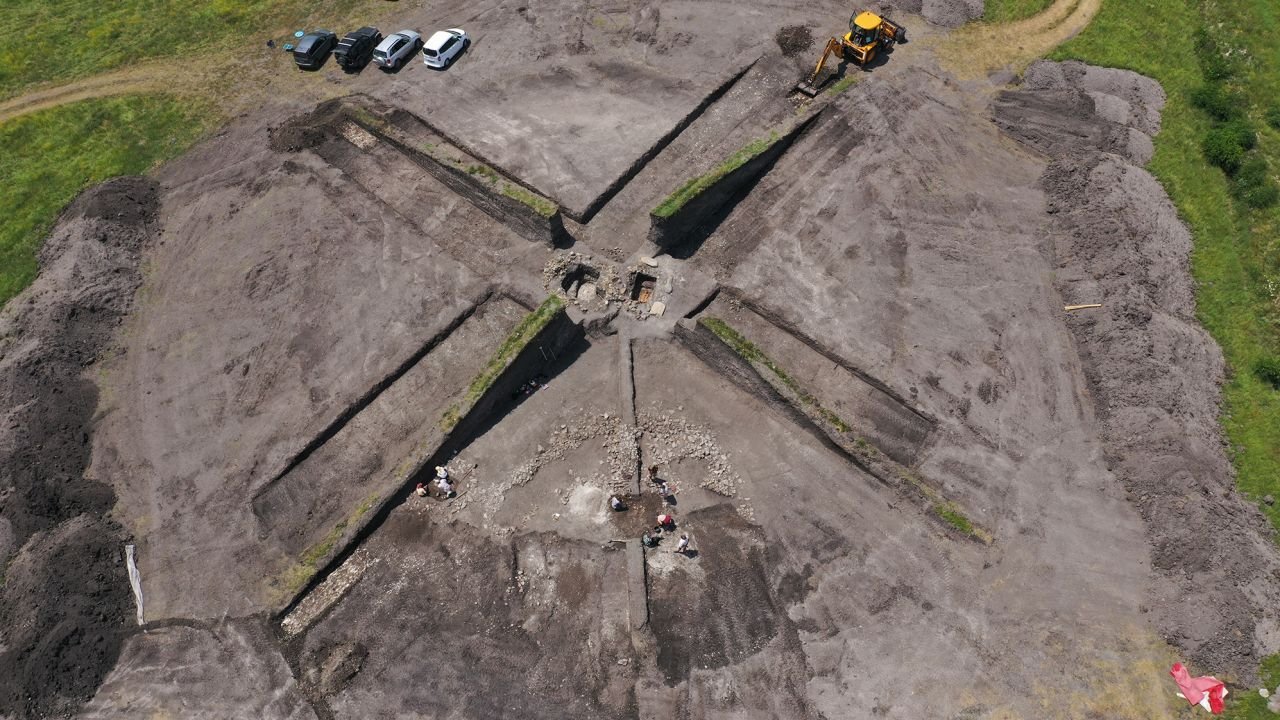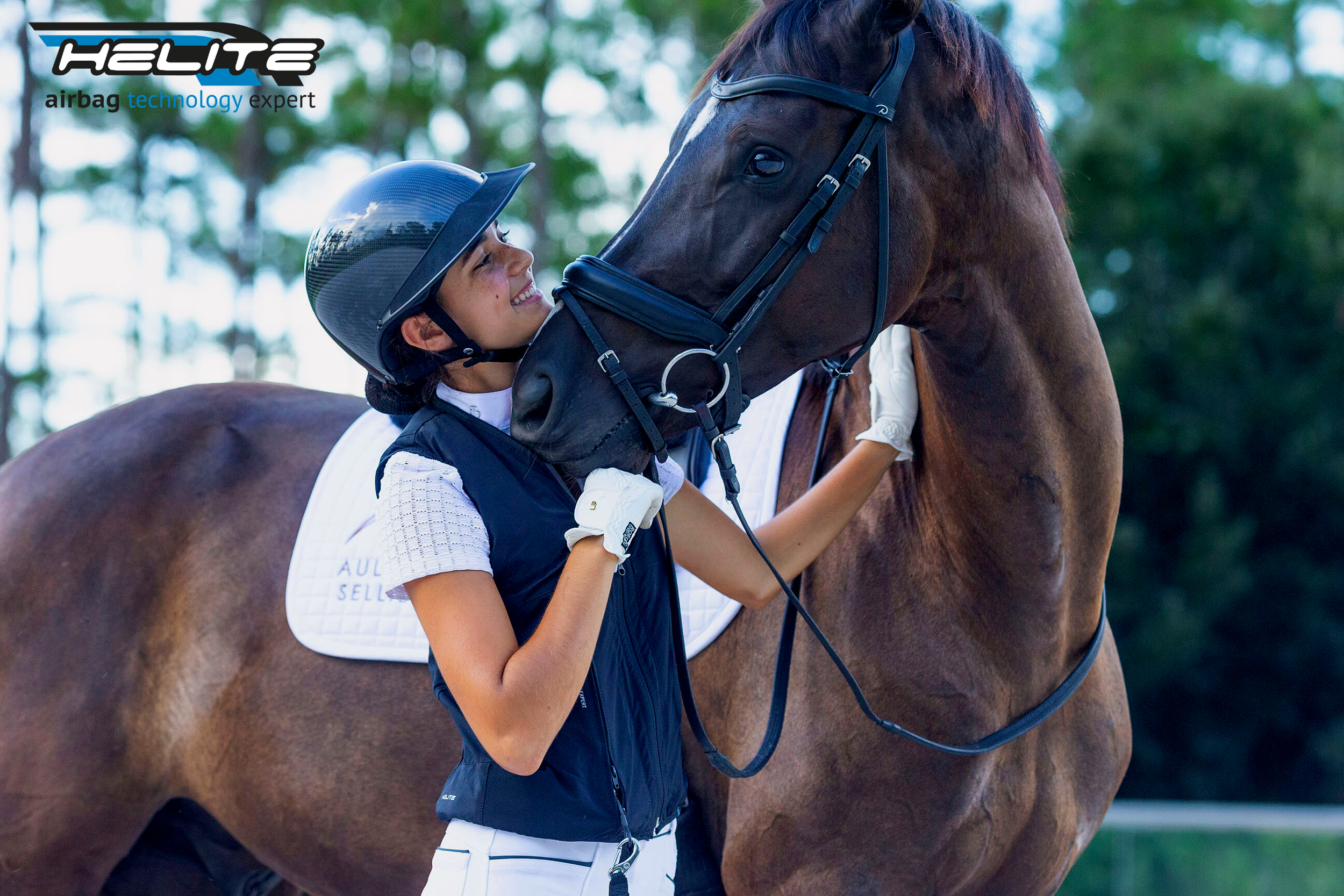Recently, skeletal remains from graves in southeast Europe have been uncovered and reveal evidence of the first horse riders in history.
Horseback riding was an important development in human nature. They forever changed the landscapes of transportation, agriculture, and war. However, the exact moment when humans figured out that riding horses could be used in a variety of ways was pretty much unknown.
A study released last week by Science Advances has found that 9 people in graves buried 4,500 to 5,000 years show wear on the leg bones, spines, and pelvises all suggesting the regular riding of horses.
Photo by Michal Podsiadlo
The researchers investigated 217 skeletons found in numerous burial mounds in areas around Romania, Bulgaria, Hungary, and Serbia. In order to determine if the buried remains belonged to horse riders, the researchers profiled 6 criteria that signify horseback riding.
Criteria examples:
-
The up-and-down movements that come from riding horses can cause changes to the spine’s vertebras.
-
Using the thighs to grip the horse can lead to wear and tear at the point where the thigh muscles meet the thigh bones.
“Bones reflect the life of a person. If you sit on horseback, and especially if you don’t haves stirrups, you have to hold fast. And you do that by clenching your legs together and the hip abductor muscles. You also have to balance all the time to avoid slipping from the horse. So the trunk muscles have to keep you erect in relation to your pelvis.”
Explains University of Helsinki bioanthropologist Martin Trautmann
Modern-day horse riders show similar patterns of skeletal damage which is how they were able to determine that these remains belong to ancient horseback riders. In total, 24 of the individuals found in the graves showed matched some of the criteria. Although, only 9 of the skeletons matched most of the criteria.
The study also shares that of the 9 horse rider skeletons, all are thought to be male. 5 skeletons had 5 horseback rider characteristics, and only one had all 6. The majority of the remains belonged to a group of people who were known as the Yamnaya. These people were cattle and sheep herders who originated on the Pontic-Caspian Steppe that covers southeast Europe all the way into Kazakhstan, then going north of the Black Sea and Caspian Sea.
Some are calling them the first nomads in the world. Archaeology professor at the University of Helsinki, Volker Heyd, says
“From the end of the 4th millennium BC onwards, we see them spreading towards the east and the west. They were on a dramatic expansion drive. In relation to our findings that they were riding horses, then this expansion over 5,000 or 6,000 kilometers makes sense.”
Prior to riding horses, it is thought that horses were most like originally domesticated for meat and milk. DNA evidence suggests that the first domesticated horses were about 4,300 years ago in the steppes of the Black Sea area, parts of Russia, and then spread across Asia and Europe. Lastly, the first known horse-drawn carriages are believed to have been used about 4,000 years ago.
The article is brought to you by Helite US.
Ride fearlessly with optimal protection when you wear a Helite Zip’In or Helite Air Jacket airbag vest.
Don’t risk serious injury, wear the air vest!
Now available in tall and child sizes.
https://pagead2.googlesyndication.com/pagead/js/adsbygoogle.js?client=ca-pub-3762802995754264
(adsbygoogle = window.adsbygoogle || []).push({});
https://pagead2.googlesyndication.com/pagead/js/adsbygoogle.js?client=ca-pub-3762802995754264
(adsbygoogle = window.adsbygoogle || []).push({});
https://pagead2.googlesyndication.com/pagead/js/adsbygoogle.js?client=ca-pub-3762802995754264
(adsbygoogle = window.adsbygoogle || []).push({});
https://pagead2.googlesyndication.com/pagead/js/adsbygoogle.js?client=ca-pub-3762802995754264
(adsbygoogle = window.adsbygoogle || []).push({});
https://pagead2.googlesyndication.com/pagead/js/adsbygoogle.js?client=ca-pub-3762802995754264
(adsbygoogle = window.adsbygoogle || []).push({});



